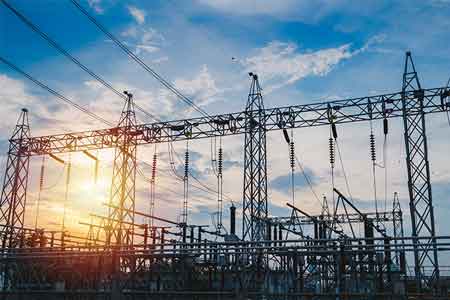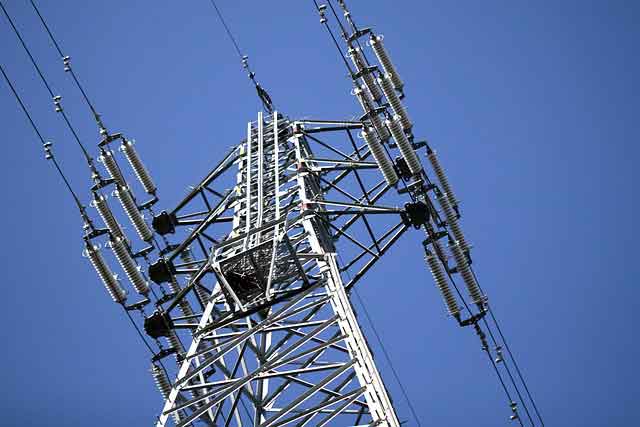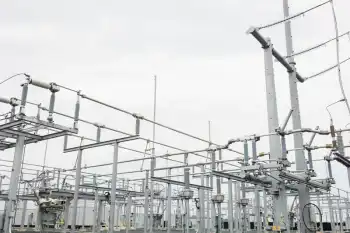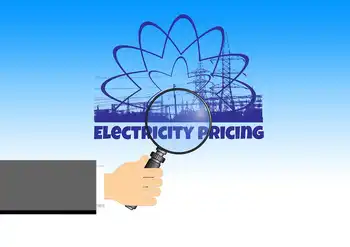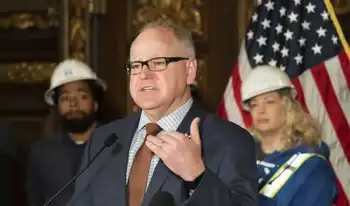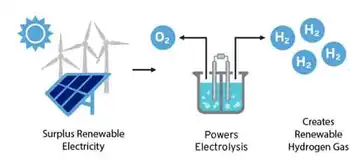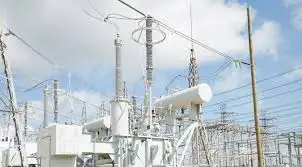Renewable energy laws pass Australian parliament
By Reuters
Substation Relay Protection Training
Our customized live online or in‑person group training can be delivered to your staff at your location.

- Live Online
- 12 hours Instructor-led
- Group Training Available
In a peace offering in its row with the government over climate-change policy, the conservative opposition controlling the largest Senate vote bloc said it had reached agreement with Climate Minister Penny Wong after days of negotiations.
"Today's decision is a victory for common sense, it's a victory for the environment and it's a victory for renewable energy," conservative environment spokesman Greg Hunt told reporters after striking the deal.
The agreement raised hopes of a follow-on in November when controversial emissions trade laws will return to parliament, where they were rejected by the Senate only recently.
"I urge those opposite who have become supporters of renewable energy in recent times to join the bigger fight, the bigger fight against climate change, and I urge them to support when the government next presents the carbon pollution reduction scheme," Wong told senators.
The conservatives joined with Greens and independent senators to block the emissions trade scheme, which aims to cut carbon emissions by between 5 and 25 percent by 2020, warning of its impact on jobs, the economy and the environment.
Rudd could have the option of calling a snap election if the Senate rejects the emissions laws a second time.
Kim Beazley, a long-time former leader of Rudd's center-left Labor in opposition, said earlier that he had no doubt an early poll was in the offing if the emissions impasse continued ahead of scheduled elections late next year.
"Kevin Rudd does not want an early election. I think at the end of the day he'll have to have one," Beazley told local television.
The renewable laws will come into effect on January 1 next year and target production of 45,000 gigawatt hours of clean energy, or 20 percent of Australian energy, over the next decade. Electricity retailers will have to offer renewable power.
The target matches one set by the European Union two years ago and which the European Commission hopes will create 2.8 million new jobs and boost European GDP.
Renewable wind, solar, hydro and geothermal energy currently account for only 5 percent of Australian power consumption. Clean energy firms estimated renewable target delays were costing $2 million (US$1.65 million) a week due to stalled investment.
Companies with exposure to wind projects include Transfield Services Infrastructure and Viridis Clean Energy, while AGL Energy and Orgin Energy have prioritized renewable energy.
Wong announced compensation for electricity intensive exporters, such as aluminum smelters Alcoa Inc., Alumina Ltd and Hydro Aluminum, and said emissions scheme buffers would be copied to renewables.
The interim arrangements would cover industries until the more controversial carbon emissions trade laws, and associated compensation schemes, were passed or rejected by the parliament sometime after November 16.
Hunt said the conservatives agreed to the renewable laws after extracting more effective compensation promises for the aluminum, silicon and newsprint industries, as well as a lifeline for food processors previously left out of assistance.
They also convinced the government to classify coal seam methane gas — a coal mining waste product — as a renewable energy source in a transitional measure that Wong said would not count toward the 20 percent renewable target.
"Even the Mad Hatter could never have imagined a world in which fossil fuels are actually renewable energy sources," environment group Greenpeace said of the methane inclusion.
Green senators controlling five key swing votes failed with a bid to have the planned 20 percent target lifted to 30 percent, outnumbered by the government-opposition alliance.
"It's a sad day when what should have been a celebration for renewable energy in Australia turns into another field day for polluters," Greens Deputy Leader Christine Milne said.






